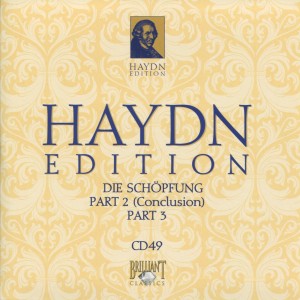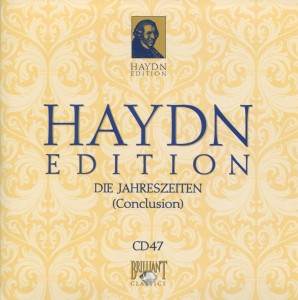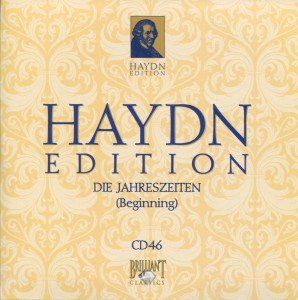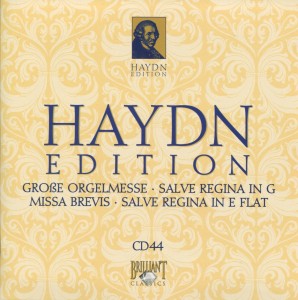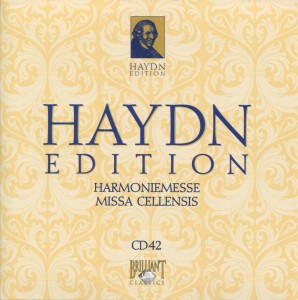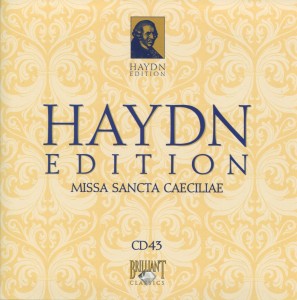 There’s an exchange in an early episode of The Andy Griffith Show in which Barney tells Andy about something “big” happening in Mayberry.
There’s an exchange in an early episode of The Andy Griffith Show in which Barney tells Andy about something “big” happening in Mayberry.
“Oh, this is big Andy, big big, really big, biggest thing ever happened in Mayberry,” he says.
After a bit of banter, Andy says something like, “There’s only one word to describe it — big.”
That’s how I describe Missa Sanctae Caeciliae in C HOB XXII:5: big.
So big, in fact, that the running time for Haydn CD 43 is an hour and 10 minutes. Just for this one mass.
There’s not really much else I can say about it. Its entry on Wikipedia does a good job of providing pertinent details:
[It] was originally written in 1766, after Haydn was promoted to Kapellmeister at Eszterháza following the death of Gregor Joseph Werner. The original title as it appears on the only surviving fragment of Haydn’s autograph score, that has been discovered around 1970 in Budapest, clearly assigns the mass to the pilgrimage cult of Mariazell, Styria. Until that discovery, the work was formerly known as Missa Sanctae Caeciliae, or in German Cäcilienmesse, a title probably attributed to the mass in the 19th century. Whether the alternative title refers to a performance of the piece by the St. Cecilia’s Congregation, a Viennese musician’s fraternity, on some St. Cecilia’s day (22 November), as has been suggested, remains speculation.
It is believed that the original manuscript was lost in the Eisenstadt fire of 1768, and that when Haydn rewrote the piece from memory, he may also have expanded it. It may have originally consisted of only Kyrie and Gloria, with the other parts added later. This Mass was known to Anton Bruckner.
Haydn was 34 in 1766. Who knows how old he was when he supposedly rewrote it from memory?
What I do know is that this is a very fine mass, with noteworthy performances by soprano Krisztina Laki, tenor Aldo Baldin, and the Kammerchor Stuttgart (chamber choir).
If you’d like to hear what I’m listening to this morning, click on the YouTube clip below. It’s the exact same performance.
I’m sure after you finish you’ll only have one word to describe this 70-minute composition.
Big.
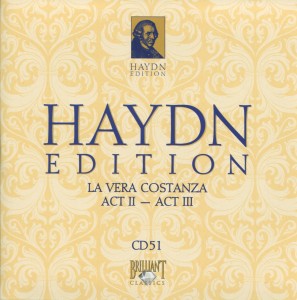 Wow. What a difference a day makes.
Wow. What a difference a day makes.
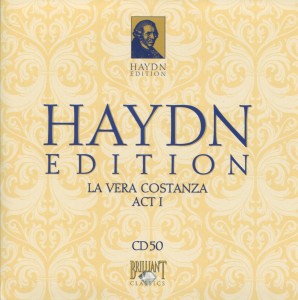 Today’s CD is
Today’s CD is 